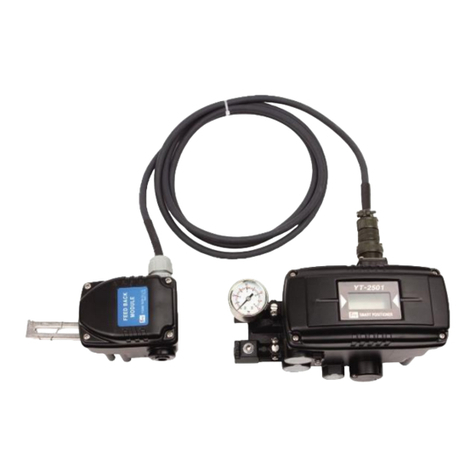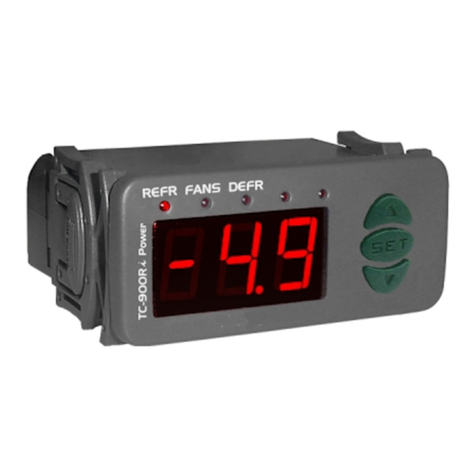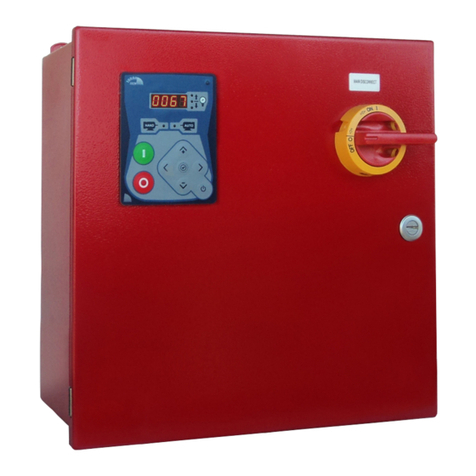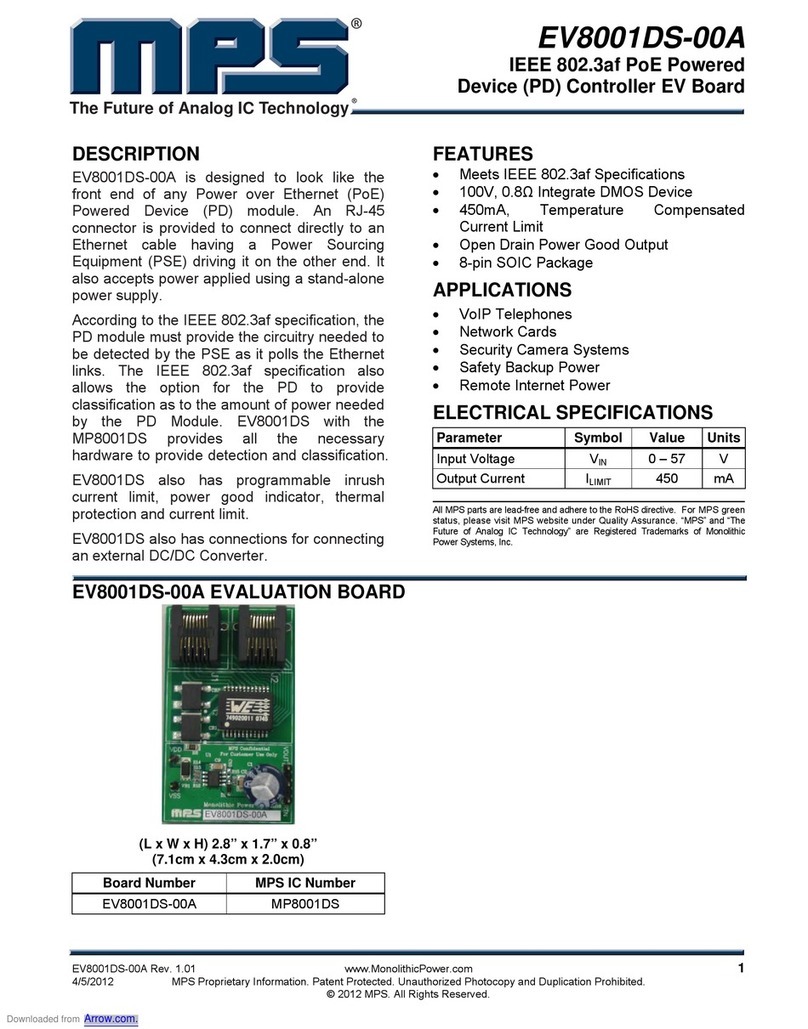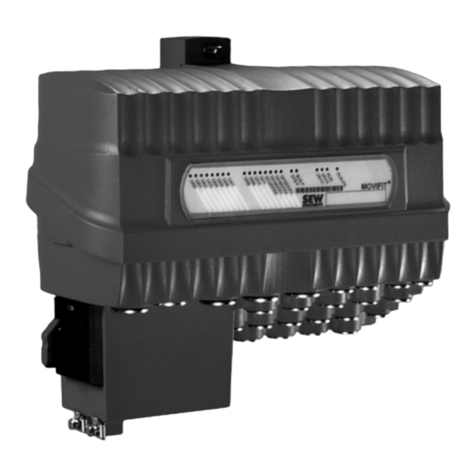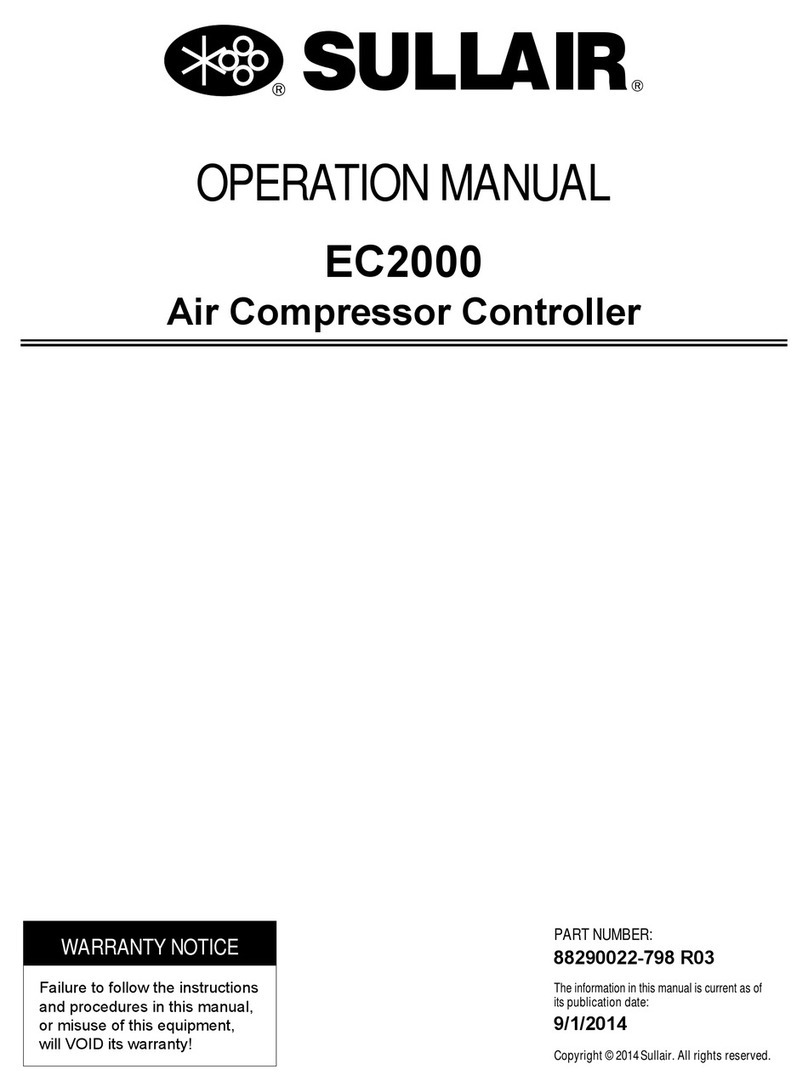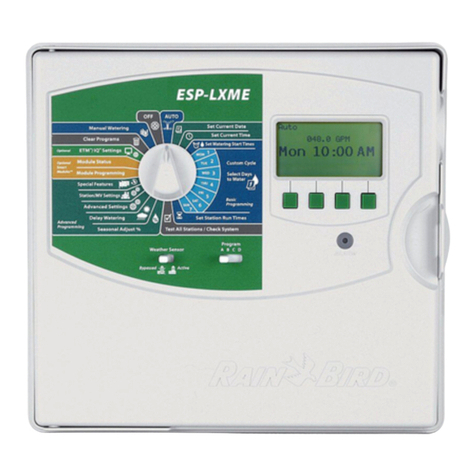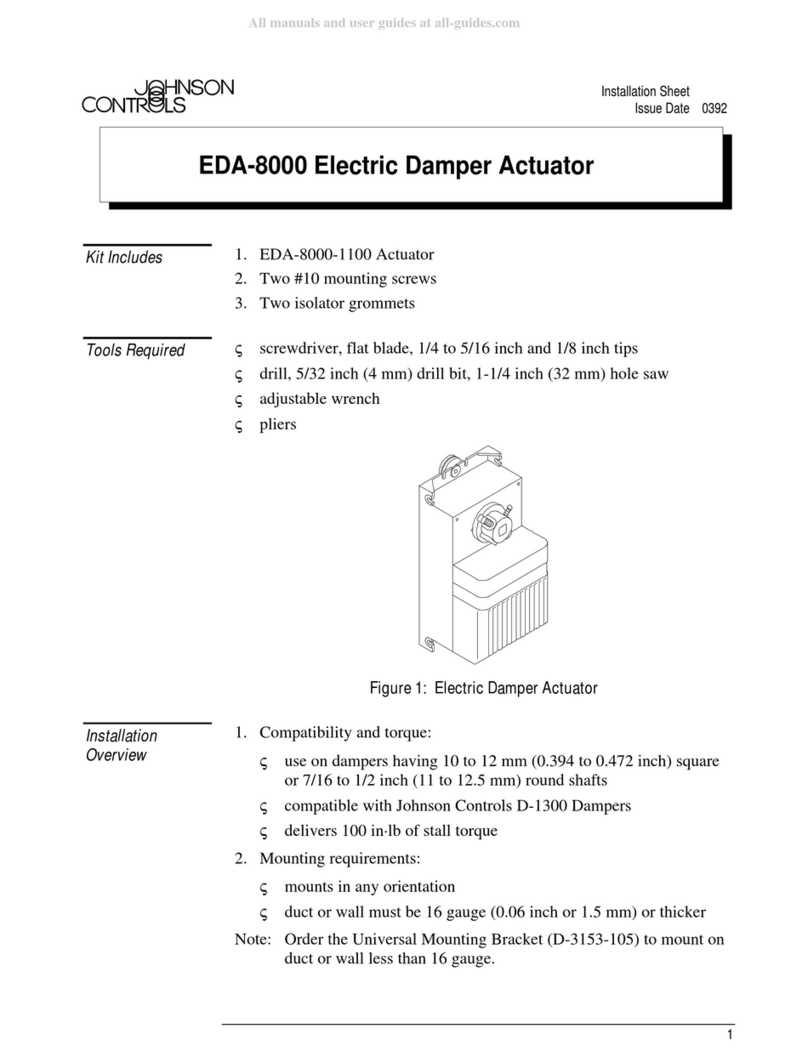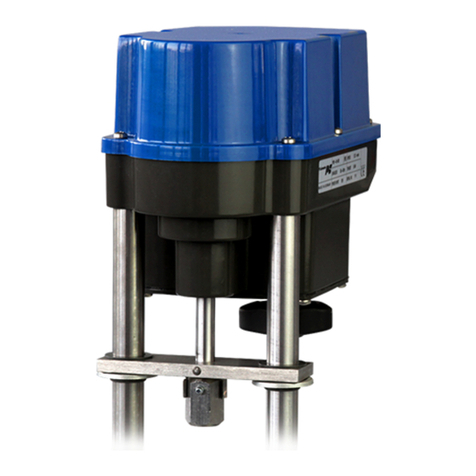Ecotechnics Unis User manual

Electrical Safety Advice
Gas Regulator Safety Advice
When connecting / disconnecting all cables, grasp the connector
itself—never pull on the cable. This way you will avoid causing
shorts, or damage to the cable’s internal elements.
Do not excessively twist or bend the power cord, or place heavy
objects on it. Doing so can damage the cord, producing severed
elements and short circuits. Damaged cords are fire and shock
hazards!
In households with small children, an adult should provide
supervision which is essential for the safe operation of any electrical
appliances in the home.
All cords and cables should be placed so they are out of the reach of
children.
Try to prevent cords and cables from becoming entangled.
Before moving the unit, disconnect the power cable from the mains
supply and any cords coming from external devices.
Never handle a AC adaptor or electrical plugs with wet hands when
plugging into, or unplugging from, an outlet or this unit.
Before cleaning the unit, turn off the power and unplug the AC
adaptor from the outlet.
Do not force the unit’s power-supply cord to share an outlet with an
unreasonable number of other devices.
Be especially careful when using extension cords—the total power
used by all devices you have connected to the extension cord’s outlet
must never exceed the power rating (watts/amperes) for the
extension cord.Excessive loads can cause the insulation on the cord
to heat up and eventually melt through.
Protect the unit from strong impact.(Do not drop it!)
Before using the unit in a foreign country, consult with your retailer or
an authorized distributor.
Whenever you suspect the possibility of lightning in your area,
disconnect the unit from the power outlet.
Do not attempt to repair the unit, or replace parts within it. Refer all
servicing to your retailer or an authorized distributor.
When moved from one location to another where the temperature
and/or humidity is very different, water droplets (condensation)
may form inside the unit. Damage or malfunction may result if you
attempt to use the unit in this condition. Therefore, before using
the unit, you must allow it to stand for several hours, until the
condensation has completely evaporated.
---- ALWAYS OBSERVE THE FOLLOWING ----
Only experienced and properly trained persons should handle
compressed gases, they should be conversant with relative safely
instructions including the current British compressed Gases
Association code of practice CP7 and the gas safety instructions from
the gas supplier.
Markings
The regulator is marked with the following:-
ŸMaximum inlet pressure (pressure service)
ŸRated outlet pressure
ŸGas (only use for gas shown)
Fitting to the cylinder
Before fitting the regulator, ensure both the cylinder outlet valve and
the regulator inlet are clean and free from contaminants including dirt,
oil and water. If fitted, fully release the regulator adjusting knob by
winding anticlockwise prior to fitting to the cylinder. Right hand
thread is employed for oxygen and permanent gases and left hand
thread is used for fuel gases. Use only the correct size spanner and
finally tighten by applying 2 blows to the end of the spanner with the
heel of the hand.
Operating
After fitting of the downstream equipment, open the cylinder valve
slowly, this is a critical operation and must be done slowly to be safe.
If fitted, adjust the regulator knob to the required outlet pressure and
purge hoses, make the final adjustment when gasses are flowing. It
is vital to ensure that any audiable vibration or freezing of the
regulator is avoided during operation. Check for leaks at all joints with
a leak detection spray. On completion of use, close the cylinder valve
and exhaust gas from lines.
If fitted, fully release regulator pressure adjusting knob.
Safety points
Carefully inspect the regulator for oil, grease and damaged or dirty
parts. Oxygen vigorously supports combustion, never use the
regulator if oil, grease or damaged parts are detected.
Never:
Never use a regulator showing any signs of damage
Never allow cylinders to become heated
Never use pressure gauges that are damaged, not smooth in
operation or not zeroing
Never remove or change any component parts of a regulator.
Always:
Always check the whole system for damage and leaks at frequent
intervals
Always work to BCGA codes of practice ( to purchase copies,
telephone 01491 825533)
Always fit a flashback arrestor to the outlet of an oxygen or fuel gas
cylinder.
Guarantee
In the unlikely event that you find fault with this product, please
contact your supplier. All Ecotechnic’s regulators carry a one year
guarantee (terms & conditions apply), excluding faulty fuses and
tampering.
Next Generation
Technology Today
www.ecotechnics.co.uk
200
bar
300
400
100
0
Ecotechnics Gas Regulator information sheet.
Congratulations on purchasing the
Before you use any part of the system, please make sure you get the most
from the Regulator by taking a minute to read this important information.
Ecotechnics Gas Regulator.
Gas Regulator

Ecotechnics Gas Regulator information sheet.
Gas Regulator
Bolt the brass regulator onto a CO bottle.
2
Make sure you have the Fibre washer on before
you tighten up the connection to the gas bottle.
Plug the Unis/Evolution CO2 Controller flying lead into the
regulator, not forgetting the rubber seal.
bar
300
400
100
0
200
bar
300
400
100
0
1
2
3
Fibre Washer
CO Cylinder
2
CO Cylinder
2
Rubber Seal
Fixing Screw
Secure the plug to the regulator via the
internal fixing screw.
Connecting up the CO Gas Regulator
2
Wire connection diagram for
angled plug on Regulator
Brown: Live
Blue: Neutral
Green/Yellow: Earth
Gas Regulator
1
2
200
bar
300
400
100
0
6
Main body
Fibre Washer
6
7
7
3
4
5
To Gas Bottle
Output
Pressure Gauge
Safety Valve
Solenoid Valve
1
2
3
4
5
CO Regulator Diagrams
2
Ordinary outside air normally contains CO at
2
a concentration of about 300 ppm (300 parts
of CO gas per million parts of air.) Indoors,
2
however, whether we're at home, office, or
traveling in a confined space like a plane, the
CO content can vary considerably. Usually in
2
a home, the CO levels can vary as much as
2
300 - 2000 ppm. Several studies have
indicated that CO does not seriously impact
2
human health until levels reach approximately
15,000 ppm. This level is more than 40 times
greater than the normal concentration of
atmospheric CO . At extremely high levels,
2
i.e., 30,000 ppm, (these concentrations are
usually never reached in a standard home)
the symptoms can include nausea, dizziness,
mental depression, shaking, visual
disturbances and vomiting. At extremely high
levels, loss of consciousness may occur. The
seriousness of the symptoms is dependent on
the concentration of carbon dioxide and the
length of time the individual is exposed.
CO - Denser Than Air
2
Gaseous carbon dioxide is 1.5 times denser
than air. Therefore, it will be found in greater
concentrations at low levels.
high concentrations of CO can displace
2
oxygen, and can subsequently cause death
especially if allowed to accumulate in open
pits and other areas below ground. Carbon
Dioxide acts upon our vital bodily functions in
a number of ways, including stimulating
respiration, regulation of blood circulation, and
the acidity of body fluids. Common complaints
from increases in CO levels include difficulty
2
in breathing, increase in the breathing rate
and/or pulse rate, headaches, sweating,
shortness of breath, abnormal fatigue and a
feeling of "stuffiness". Introduction of fresh air
can assist in eliminating these problems.
Finally, CO is an asphyxiate, a condition in
2
which an extreme decrease in the amount of
oxygen in the body, accompanied by an
increase of carbon dioxide, leads to loss of
consciousness or death. Concentrations of
100,000 ppm or more of CO can produce
2
unconsciousness or death
STANDARDS AND RECOMMENDATIONS
FOR CO EXPOSURE
2
The Occupational Safety and Health
Administration (OSHA) has set a standard for
the maximum allowable concentration of
carbon dioxide in the air of 0.5% (5000 ppm)
for eight continuous hours of exposure. The
maximum time weighted average exposure to
carbon dioxide in the air is set at 1.0% (10,000
PPM) for a ten hour shift in a 40 hour week.
Carbon Dioxide
Safety Advice
Popular Controllers manuals by other brands

KROHNE
KROHNE SU 501 Ex Handbook
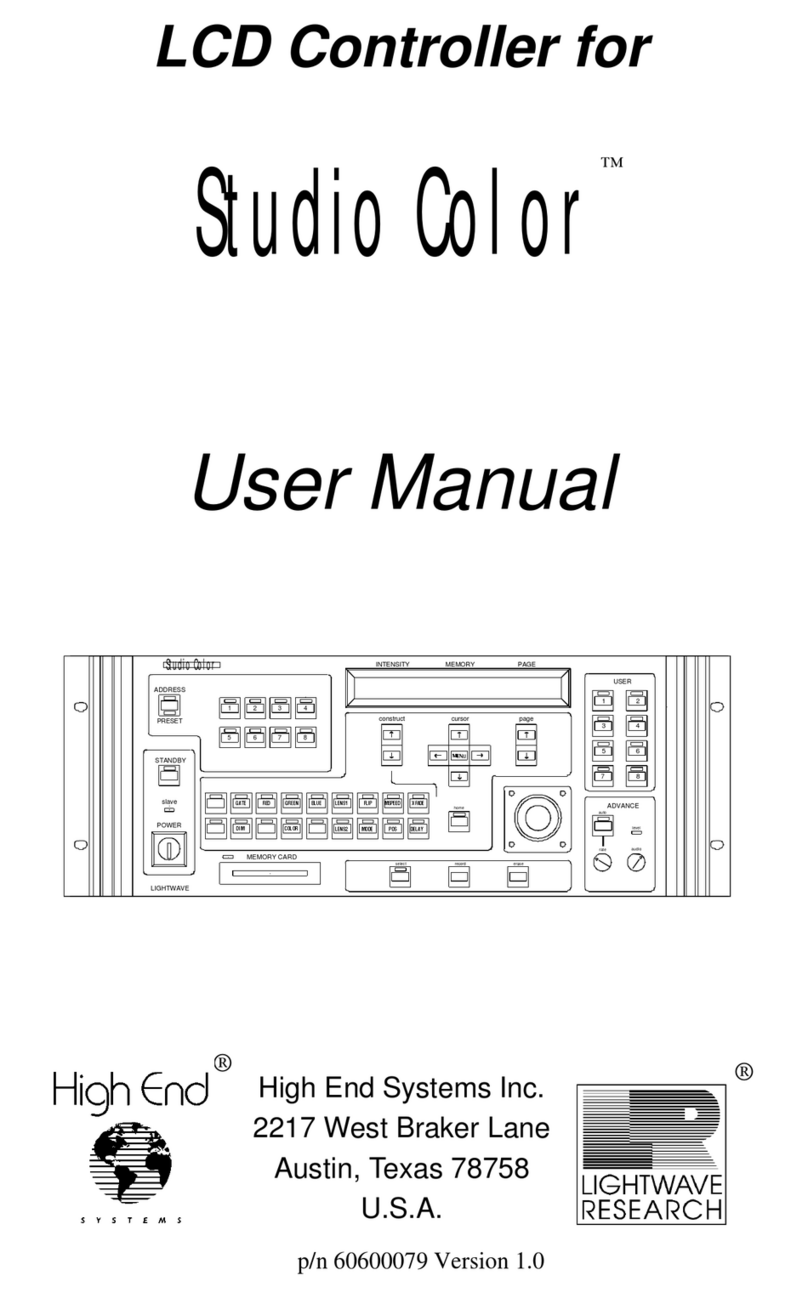
High End Systems
High End Systems High End LCD Controller for Studio Color user manual
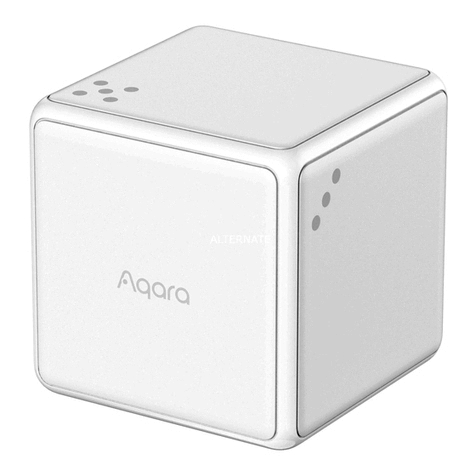
Aqara
Aqara Cube T1 Pro user manual
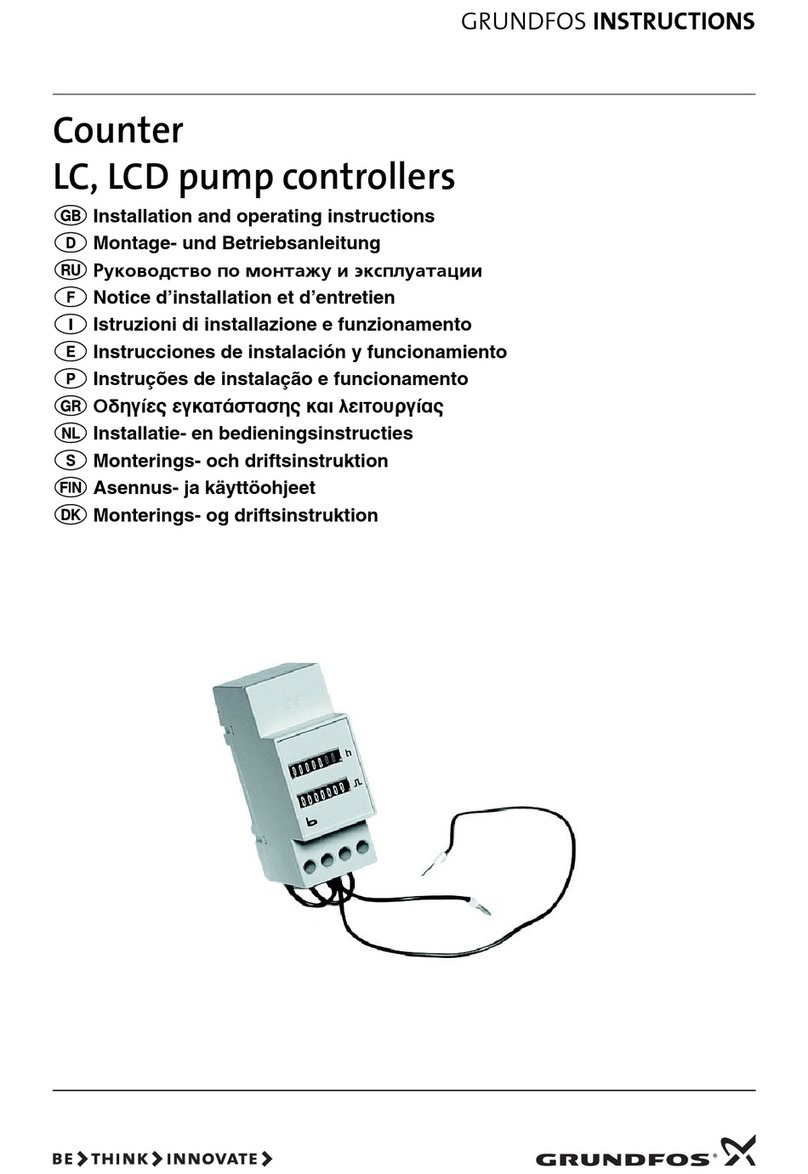
Grundfos
Grundfos LC Series Installation and operating instructions
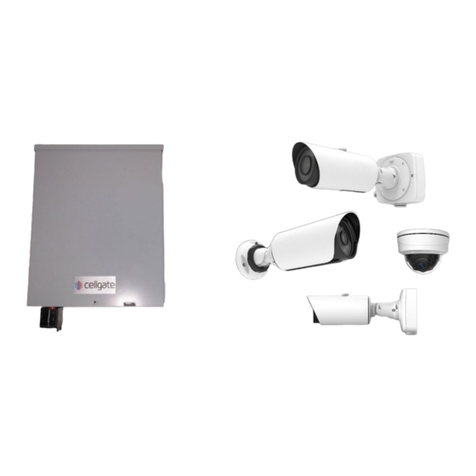
CellGate
CellGate UNIFY CWE-U320 Quick install guide
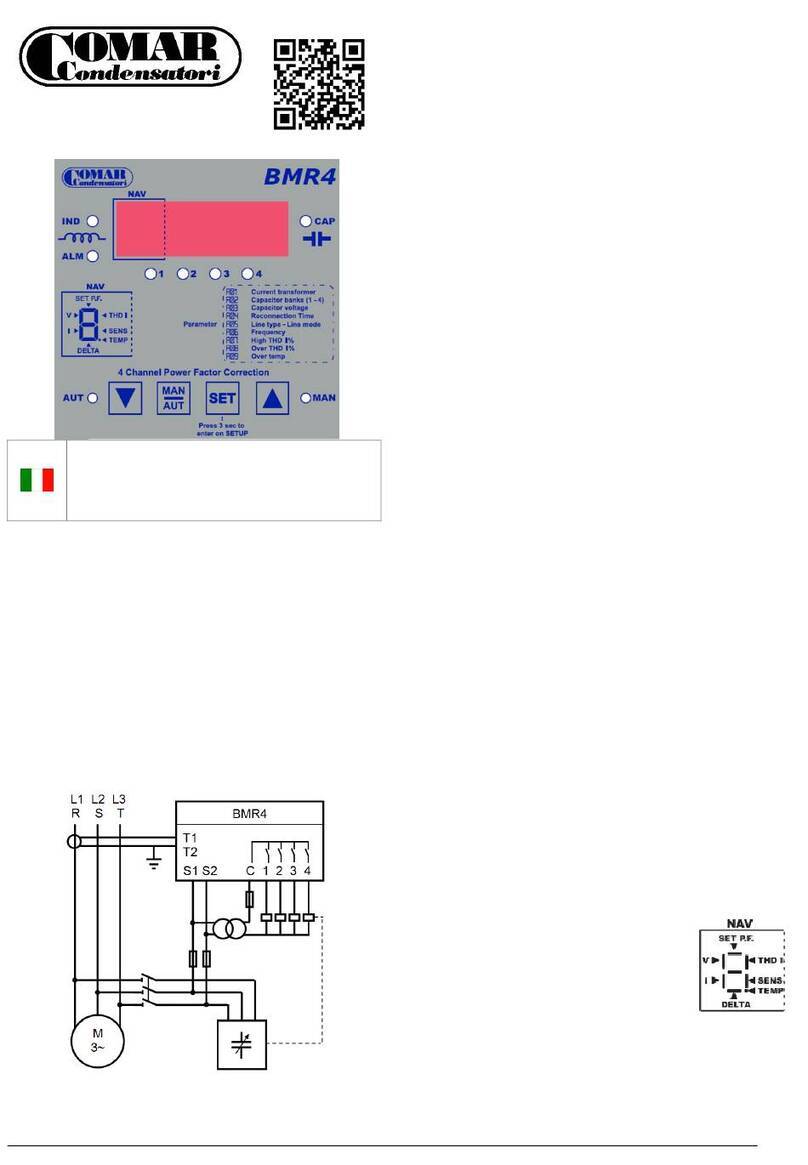
Comar Condensatori
Comar Condensatori BMR4 Installation and user manual
